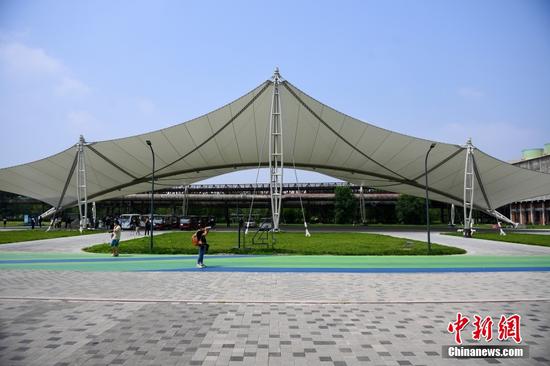No. All the frontier quantum computing teams are at around ~100 "physical qubits" with only Xanadu >200 qumodes [] The key differenceIf I understand what they are saying about this quantum computer stuff correctly, then they are there or right there on the line of completing a full operational and programmable quantum computer.
Qumodes = infinite dimensional continuous variable system; though currently they can only stack up to 3-dimension.
Qubits = 2-dimension system; so X number of qumodes >> X number of qubits
However, Xanadu only demonstrated their capabilities in "Boson Sampling" which USTC has already evinced [] using 76 photon qubit. So far no one has been able to demonstrate any real-world application using quantum computer. That Google claim of so-called "quantum supremacy" was fraudulent as News on China's scientific and technological development.
Now what the Huazhong team has demonstrated is a new revolutionary technique to build quantum logic gates using "linear-optical gate" instead of "two-photon logic gates" with entangling gate fidelity of 99.7%.
Alibaba currently has the highest fidelity in superconducting circuits -

Now to build practical quantum computer one must have at least 10000 physical qubit for 1 logic qubit (for general purpose quantum computer ~ 1 million physical qubit) and this where error-correction comes into play. So, 10K physical qubit are far away as to built them error-correction is needed which require quantum algorithms with deep math underlying quantum mechanics called surface code. The 3 leading teams are
* USTC -
* ETH Zurich -
* Google -
Well no matter what approach one takes whether-That super conducting quantum computer people are working on (the frozen apparatus)
1. Photon
2. Superconducting circuits, transmon or fluxonium
3. Ions
4. Cold atom
5. Topological majorana fermion
6. Electron Spin
7. Nuclear Spin
cryogenic dilution refrigeration is used in atleast one of the process. For photonic quantum computer, the photon detector needs cryogenic apparatus.



